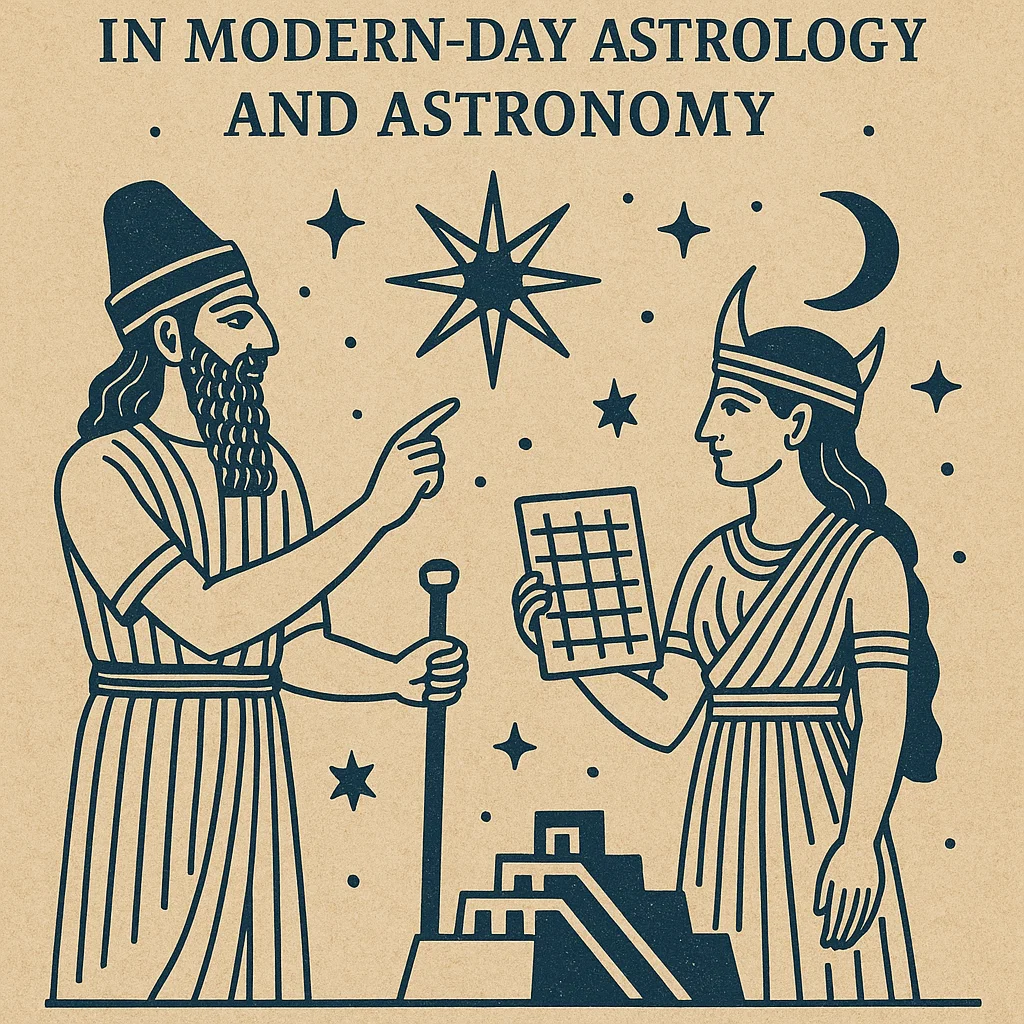Introduction
Quantum mechanics has revolutionized our understanding of the universe, revealing a world of particles, waves, and probabilities that challenge our traditional notions of reality. Intriguingly, some of the concepts in quantum mechanics appear to resonate with descriptions found in the Quran, the holy book of Islam. This article explores these parallels, examining how Quranic revelations anticipate modern scientific discoveries about the nature of matter, energy, and the universe. By delving into Quranic verses and scientific principles, we uncover the profound connections between faith and science.
The Nature of Reality
Quantum Mechanics
Quantum mechanics describes the behavior of particles at the atomic and subatomic levels, where classical physics no longer applies. Key concepts include wave-particle duality, the uncertainty principle, and quantum superposition.
- Wave-Particle Duality: Particles such as electrons exhibit both wave-like and particle-like properties, depending on how they are observed.
- Uncertainty Principle: Formulated by Werner Heisenberg, this principle states that it is impossible to simultaneously know both the exact position and momentum of a particle.
- Quantum Superposition: Particles can exist in multiple states or locations simultaneously until they are observed or measured.
Quranic Perspective
The Quran offers descriptions of the universe that resonate with the counterintuitive nature of quantum mechanics.
- Surah Al-Baqarah (2:117):
- “The Originator of the heavens and the earth. When He decrees a matter, He only says to it, ‘Be,’ and it is.”
- This verse highlights the instantaneous creation, akin to the probabilistic nature of particle states in quantum mechanics.
- Surah Ya-Sin (36:82):
- “His command is only when He intends a thing that He says to it, ‘Be,’ and it is.”
- The immediacy of divine command mirrors the sudden collapse of a quantum state upon observation.
Wave-Particle Duality
Scientific Explanation
Wave-particle duality is a fundamental concept in quantum mechanics, where particles such as electrons and photons exhibit both wave-like and particle-like properties.
- Double-Slit Experiment: Demonstrates that particles can display interference patterns (wave behavior) when not observed, but act as particles when measured.
Quranic Reflection
The dual nature of existence in quantum mechanics finds an echo in Quranic descriptions of the unseen and seen realms.
- Surah Al-An’am (6:59):
- “And with Him are the keys of the unseen; none knows them except Him. And He knows what is on the land and in the sea. Not a leaf falls but that He knows it. And no grain is there within the darknesses of the earth and no moist or dry [thing] but that it is [written] in a clear record.”
- This verse emphasizes the coexistence of the seen and unseen, akin to the duality observed in quantum mechanics.
The Uncertainty Principle
Scientific Explanation
Heisenberg’s uncertainty principle states that it is impossible to simultaneously know both the position and momentum of a particle with absolute precision. This inherent uncertainty is a fundamental aspect of the quantum world.
Quranic Reflection
The concept of uncertainty in quantum mechanics can be related to the Quranic idea of divine knowledge and human limitation.
- Surah An-Naml (27:65):
- “Say, ‘None in the heavens and earth knows the unseen except Allah, and they do not perceive when they will be resurrected.'”
- This verse underscores the limitations of human knowledge and the comprehensive knowledge of Allah, reflecting the intrinsic uncertainty in the quantum realm.
Quantum Superposition
Scientific Explanation
Quantum superposition is the principle that a particle can exist in multiple states simultaneously until it is measured or observed.
- Schrödinger’s Cat: A thought experiment that illustrates quantum superposition by describing a cat that is simultaneously alive and dead until observed.
Quranic Reflection
The idea of multiple potential states existing simultaneously is echoed in the Quran’s descriptions of divine omnipotence and the potentialities of creation.
- Surah Al-An’am (6:73):
- “And it is He who created the heavens and the earth in truth. And the day He says, ‘Be,’ and it is, His word is the truth. And His is the dominion on the Day the Horn is blown. [He is] Knower of the unseen and the witnessed; and He is the Wise, the Acquainted.”
- The concept of “Be, and it is” reflects the realization of potential states upon divine command, similar to the collapse of a superposition into a single state upon observation.
Entanglement and Interconnectedness
Scientific Explanation
Quantum entanglement is a phenomenon where particles become interconnected in such a way that the state of one particle instantaneously affects the state of another, no matter the distance between them.
- Einstein-Podolsky-Rosen (EPR) Paradox: Highlights the strange nature of quantum entanglement, which Einstein referred to as “spooky action at a distance.”
Quranic Reflection
The interconnectedness of creation and the concept of unity in the Quran can be seen as a spiritual counterpart to quantum entanglement.
- Surah Al-Anbiya (21:30):
- “Have those who disbelieved not considered that the heavens and the earth were a joined entity, and We separated them and made from water every living thing? Then will they not believe?”
- This verse speaks to the intrinsic connectedness of creation, reflecting the unity seen in quantum entanglement.
The Role of Observation
Scientific Explanation
In quantum mechanics, the act of observation plays a crucial role in determining the state of a particle. The observer effect suggests that measurement affects the system being observed.
- Collapse of the Wave Function: The idea that a particle exists in all possible states until it is observed, at which point it collapses into one state.
Quranic Reflection
The Quran emphasizes the importance of observation and contemplation in understanding the signs of Allah in the universe.
- Surah Al-Mulk (67:3-4):
- “[He] who created seven heavens in layers. You do not see in the creation of the Most Merciful any inconsistency. So return your vision to the sky, do you see any breaks? Then return your vision twice again. Your vision will return to you humbled while it is fatigued.”
- This encourages a mindful observation of the universe, reflecting the significance of observation in quantum mechanics.
Conclusion
The fascinating parallels between quantum mechanics and Quranic revelations highlight the profound connections between faith and science. The Quran’s descriptions of the nature of reality, creation, and interconnectedness resonate with modern scientific discoveries about the quantum world. By exploring these connections, we gain a deeper understanding of both the spiritual and physical dimensions of the universe. The Quran’s timeless wisdom continues to offer valuable insights into the mysteries of existence, encouraging believers to reflect on the divine nature of creation and the intricate workings of the cosmos.
As we advance in our scientific knowledge, these parallels remind us of the intricate harmony between the divine and the natural world. The Quran not only provides spiritual guidance but also anticipates scientific truths that continue to unfold in the modern era. This exploration of quantum mechanics through the lens of Quranic revelation opens new avenues for dialogue between science and religion, enriching our understanding of both.










